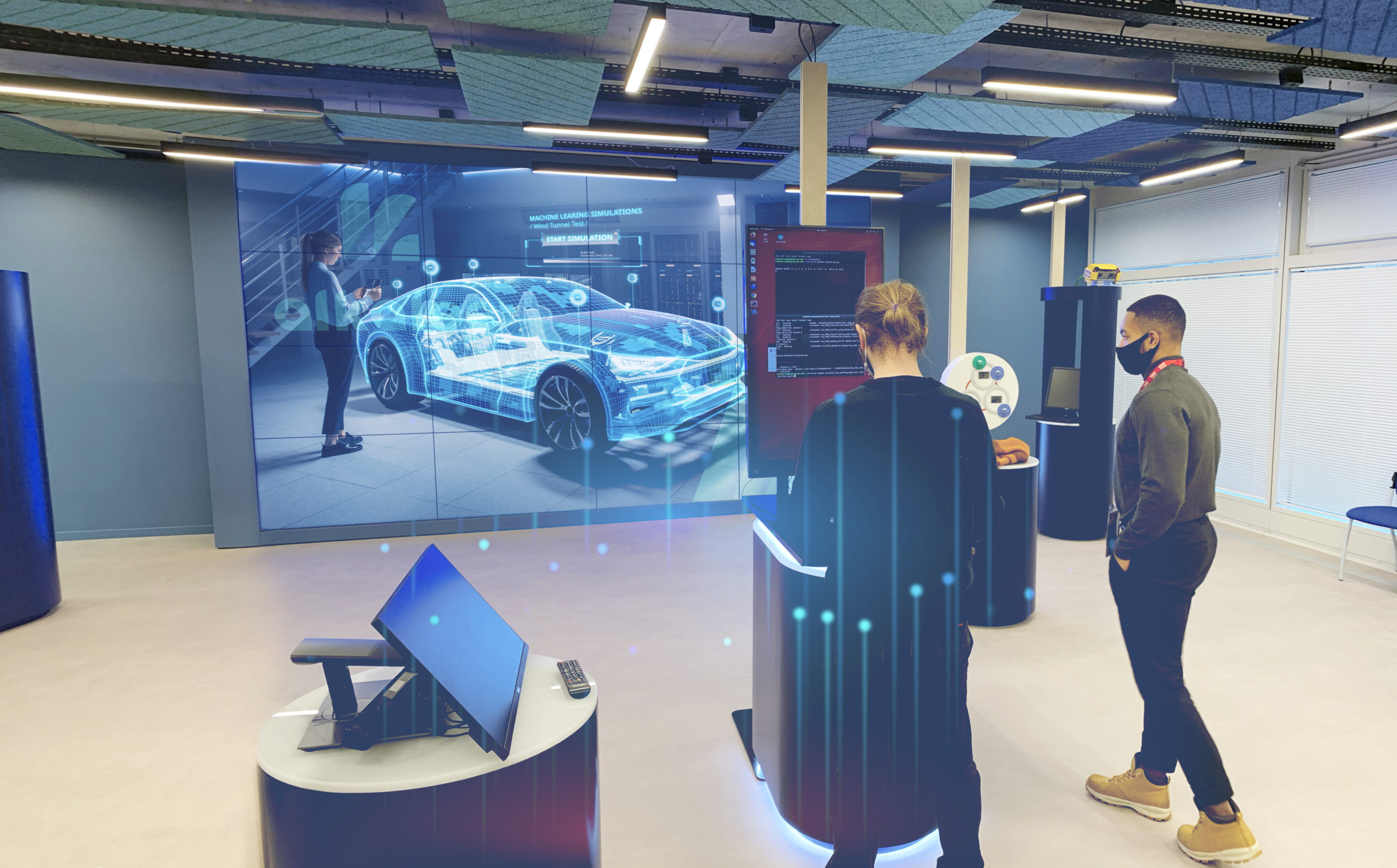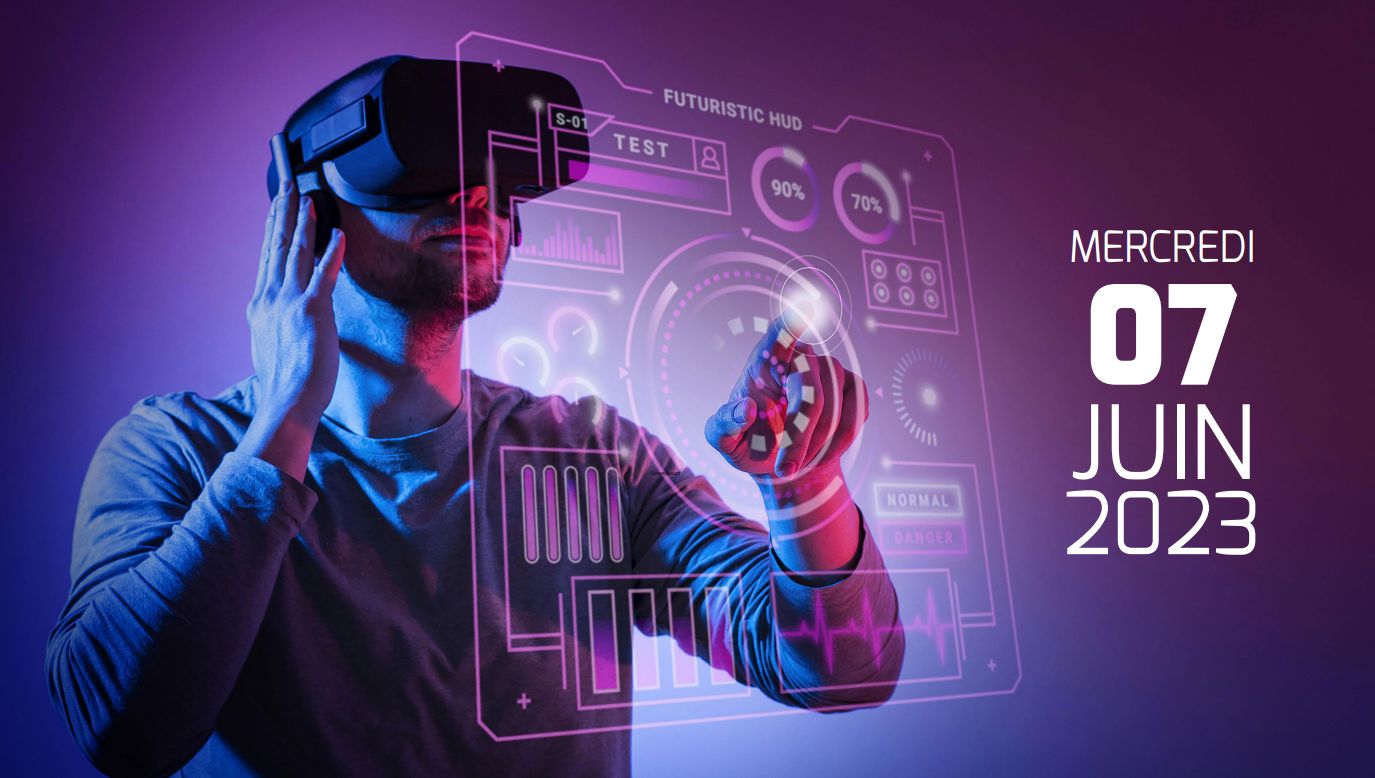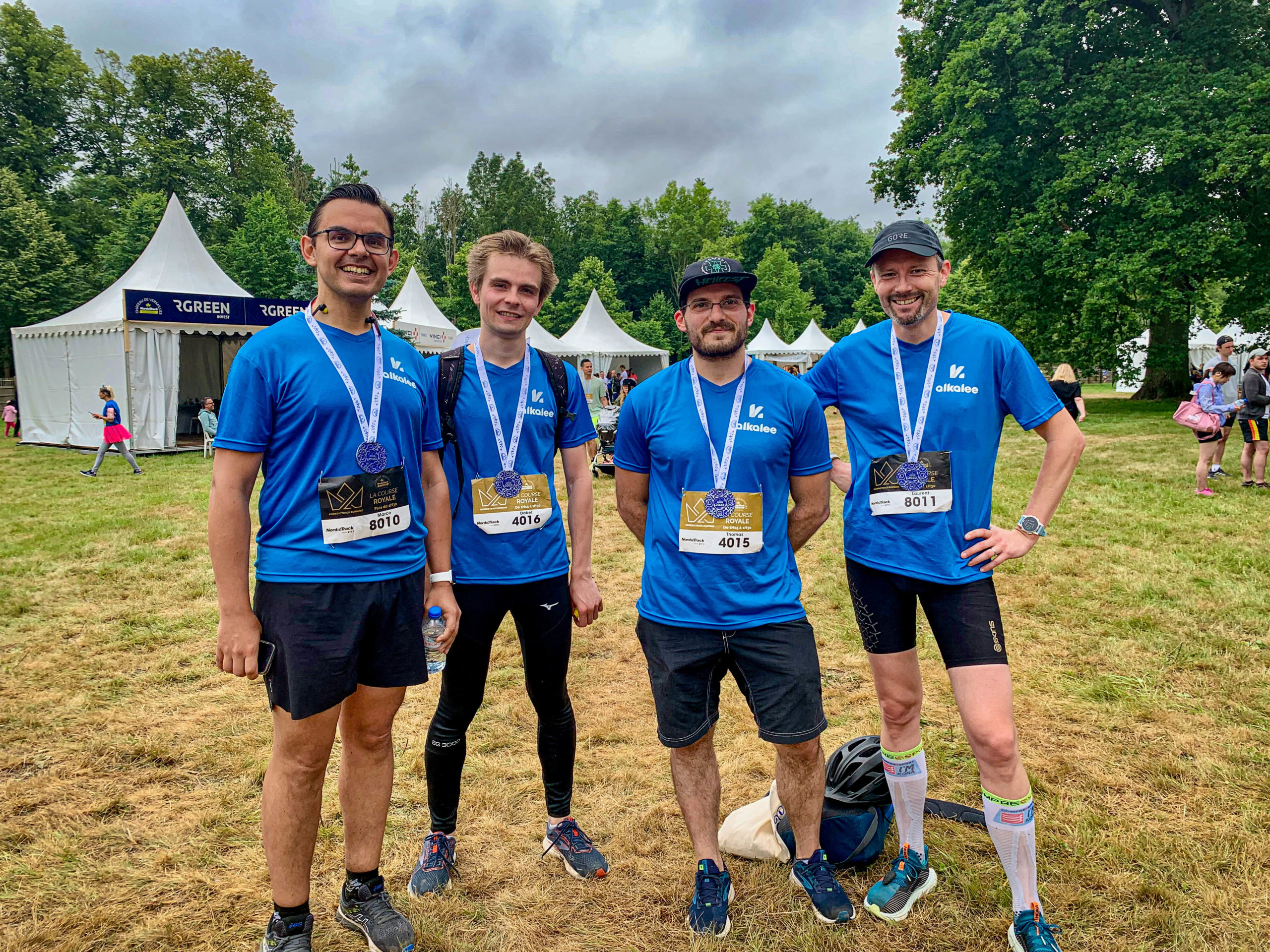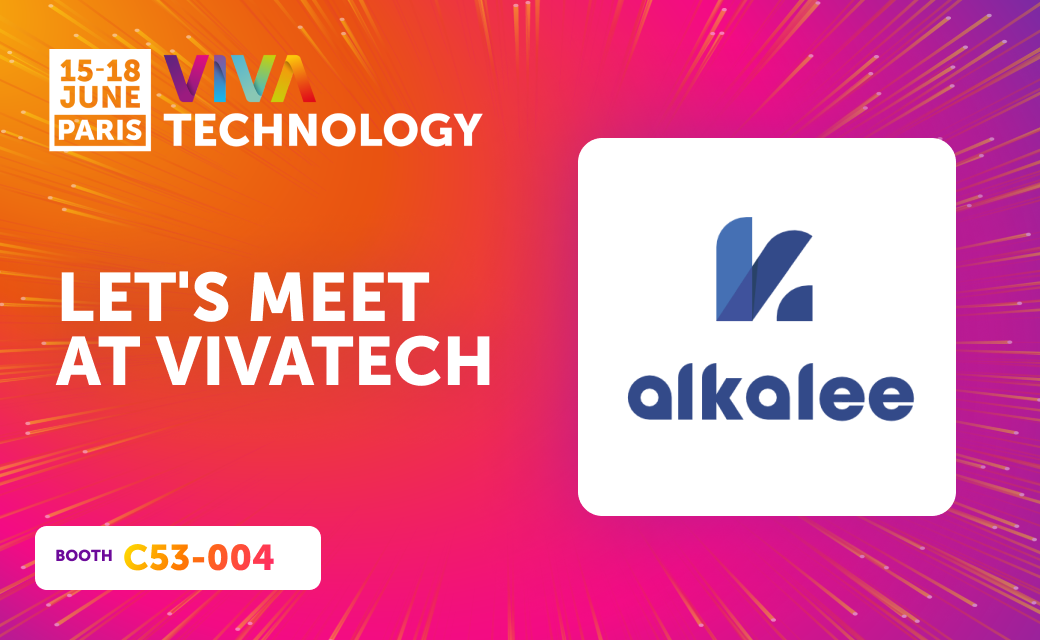The Software Defined Vehicle became in a few months the new designation of the vehicles of the future. The technological leap from the current connected vehicle to the next autonomous vehicle will be conditioned in particular by the control of the software and its deployment.
This technology, derived from connected objects, allows the vehicle to evolve as never before, both in terms of its customization and its performance (cf. platform updates). This represents a major change in vehicle life cycle management.
This ability to enrich functionality is a very interesting answer in terms of scalability to the problem of erosion of user experience. It therefore brings a significant gain on the value of the vehicle, both new and residual.
The Software Defined Vehicle is therefore of great interest to the entire sector… provided you are able to understand it well enough, by overcoming many constraints, which are obstacles to the rapid and reliable deployment of these architectures. All these issues are now at the heart of a new ecosystem to design these vehicles of new generations, The most crucial ones for us are divided below.
Ensure a high level of security
Operational safety remains a top priority. The comparison with a «smartphone on wheels» seems simple and attractive, but omits an important element associated with vehicles and real-time safety issues associated with its use (beyond the «showroom»). Added to this is an additional constraint related to the cybersecurity of these new and increasingly connected platforms.
Addressing all of these issues, combined with meeting standards (ISO26262, 21434), requires a level of mastery of processes and end-to-end development tools, from design to integration and validation. The concept of Software Defined Vehicle induces a better control of the software layer, whether it involves a volume – potentially exponential – of unit and system validations, or part of new tools and more adapted software development processes. As the news has recently revealed, the domino effect of a malfunction at this level can significantly impact the exit of a new vehicle (example of the Volkswagen ID3) and impact its profitability significantly (in the best case).
Data management
Modern vehicles are increasingly equipped with sensors. The addition of cameras and radars, for example, provides new services to the driver, but also a new source of data. Weather, road and traffic conditions, or driver behavior are all potentially exploitable information. Owned by manufacturers, this wealth of information is of interest to many players, including the GAFAM. The ownership, storage and exploitation of this data are all aspects to be considered from a regulatory point of view (cf. General Data Protection Regulation of the European Union, better known as « GDPR »), while the applicable regulations are neither harmonized nor finalized. The Software Defined Vehicle, as a new source of data, is therefore at the center of issues going far beyond the vehicle’s primary mission.
Technological expertise
The concept of Software Defined Vehicle combines two major aspects: the vehicle; historically the core business of manufacturers and its suppliers, and the software; new component of this ecosystem.
The historical professions of designer, draftsman, developer, test pilot is confronted with increasingly complex electromechanical systems, the necessary number of these profiles is decreasing, and requires regular training to keep up with technological developments. With sometimes a sharp decline of some historical trades, and a need for permanent training and a high level. Historical companies are faced with a double problem around skills: how to develop a core of skills around software, train staff, transform organizations ?
Becoming a «tech company» becomes a new ambition, even an obligation to survive !
While skills are becoming scarce, the model of large companies attracts less, and the level of skills required to master all the software is very high and requires very large teams to ensure all the developments. Internal retraining, although a real plus if successful, is too limited to cover all critical skills.
HR management and the suitability of teams as needed becomes a major challenge to ensure a good place in the race for technology.
Internal organizations
The vehicle design and manufacturing industries have structured themselves over time around the innovations that each era has brought. Electronics, introduced at the end of the 1970s, developed and structured around the associated electromechanical elements, and experienced several technological leaps: the introduction of VAN networks, CAN, most, Lean, flexray and now Ethernet have made it possible to streamline exchanges between ECUs, and especially to create interfaces between business teams. Thus, all the sectors have been structured around areas (powertrain, cockpit, connectivity, chassis, etc.) and organizations at both manufacturers and OEMs have modelled themselves on these areas. As long as the functionalized remain attached to a single domain, the developments can be independent, and validations also. The introduction of new functions such as the “Stop&Start” required a division of this software function between different domains, and thus challenged organizations. The integration of cross-domain functions remains a complex subject, and yet the possibilities offered by all the new sensors open a huge field of innovative inter-domain features domains, but too little developed because too complex to validate in a current architecture. The Software Defined Vehicle removes some of these technical barriers, but the management of responsibilities between systems, the synchronization points between the different teams remain a real challenge for traditional companies. “Agile mode”, “startup mode” operation are concepts driven by the human resources of large groups but habits and organizations still remain very present and unfortunately do not facilitate the necessary transition to this new digital world, while new entrants and “tech companies” are already operating in a more agile and fast form.
The Eco-system
Accustomed to working together in a relatively small eco-system, the traditional players in vehicle design and manufacturing are now having to change their operating modes. As technologies evolve very quickly, one possibility is to intensify “strategic” partnerships, hoping to develop a win-win relationship. This type of relationship, potentially effective in the short term, opens the door to a form of dependence on a supplier or a technical solution. In the face of a supplier failure or shortage for example, the risk on production remains significant.
This type of cooperation nevertheless allows a common acceleration and therefore a better market positioning in the short term. In the long term, the relationship and the risk of dependence must be considered, in particular vis-à-vis proprietary software providers. The use of standard technologies is a solution but requires a higher involvement and control, not always accessible unfortunately. In this ecosystem, all suppliers adapt, developing all or part of the hardware and software infrastructures. The issue concerns both the « operating system » part and the development of applications including or not including a hardware part. The Software Defined Vehicle opens the door to new entrants, on the development of functions ready to be integrated on the vehicle. A major asset of these new technologies is the customization of all functions and access to multiple suppliers. The current difficulties concern in particular the economic management (purchase, licensing principle, subscriptions) and the reconfiguration of the whole eco-system around interfaces and communication standards, to maximize the reuse of software components.
Integration
The construction of a vehicle constitutes a mastered assembly of a set of parts, based on a meticulous specification and validation of all parts and their interaction. This historic profession of manufacturers and manufacturers of sub-assemblies finds itself upset by the arrival of Software Defined Vehicle. The integration of a set of software on a hardware platform must follow the same logic but requires a new and important field of expertise. However, value added remains the same, and is essential to maintain value. The challenge of mastering these multiple integrations is crucial, and software integration, a new business line, is the cornerstone of value capture. The introduction of new technologies, standards, standards tend to make these integrations even more complex. The process and associated tools, still very disparate and not always used optimally, also become a challenge in the performance of companies, the mastery of complexity, and the know-how to develop.





 Back to blog
Back to blog 

